Welcome to a new issue of the Journal of Runic Studies, the premier Malkioni publication for studies into the nature of Glorantha. If you haven’t subscribed yet, please consult with the spirit bound to the appropriate electronic page.
The next episode of the podcast was supposed to be released this week but it’s running late by a few days. We had some last minute change of plans and had to scramble a bit, sorry about that.
This is an otherwise pretty quiet week in Gloranthan circles, which is good because I was busy anyway.
God Learner Sorcery
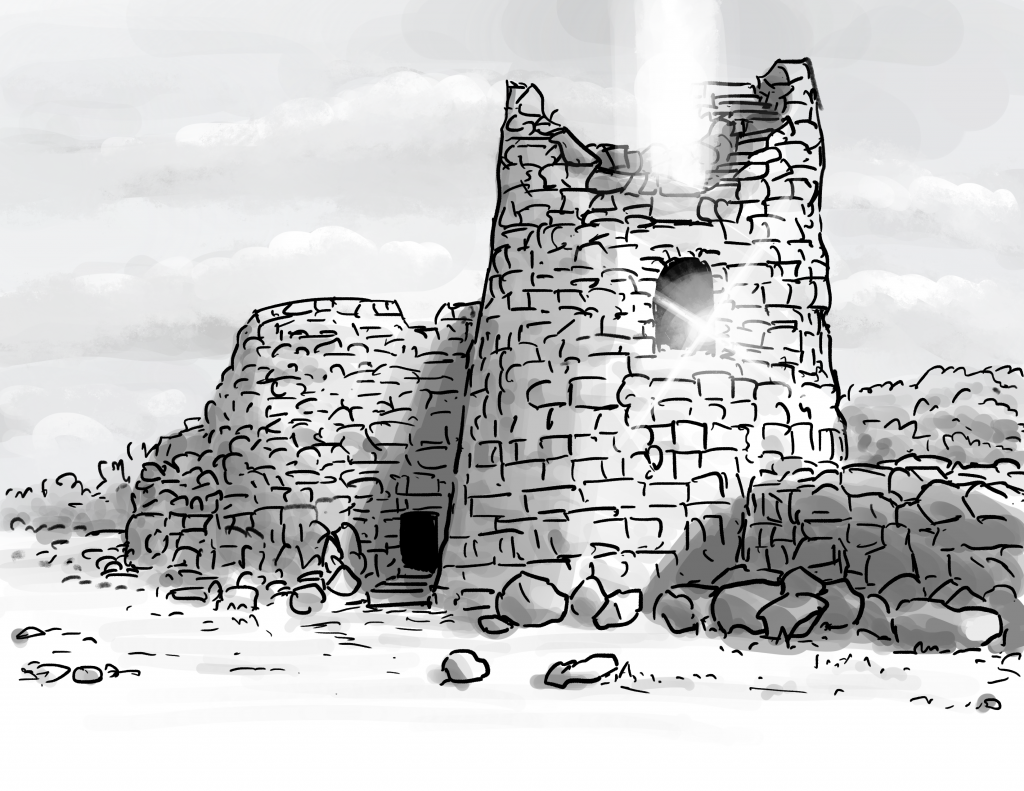
Here is what us God Learners were up to this week.
On the Concerning Normalization of the Spirit World

I managed to translate one of those ancient documents we keep finding around our wizard tower. It points at yet another side-effect of the God Learners’ studies, this time on the Spirit World and the magic that can be drawn from it… if you were wondering why the Red Book of Magic has so many Rune Spells compared to the Spirit Magic, here’s your explanation.
We are members of the Collective Chapters in Maniria, Wenelia, and Kethaela, sharing deep concerns about observed phenomena affecting the Spirit World. With most of the Collective’s budget and resources going to research in the theoretical Runic and applied Burtae/Srvuali departments, Spirit taxonomy and study has been rushed and overly simplified for the past four decades. In particular, projects such as the Worship Interchange Stability Experimentation and Assessment has left any Spirit-related studies scrambling for funding, especially now that its consequences are starting to be understood. Although we understand the value of these projects, we are deeply disturbed by the changes we are witnessing in the Spirit World and we urge the Council to turn their attention to them.
Read the rest here. Thanks to Austin Conrad for pointing me to some related detail from the Guide to Glorantha, which I quickly worked into the article just after it was published.
Chaosium News

Here are this week’s Chaosium news!
RuneQuest Fantasy Grounds Update
MadBeardMan keeps on chugging along on this (along with a few other modules for other game systems). Here’s a preview of the combat tracker, and a preview of the Starter Set scenario content (do not zoom in if you don’t want spoilers for the introduction scenario “A Rough Landing”).

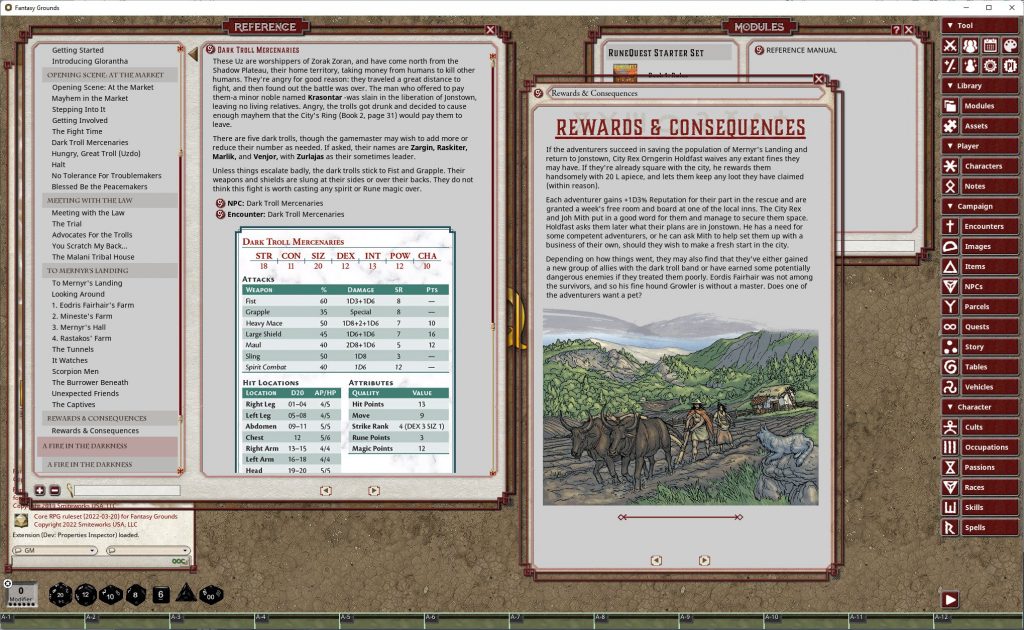
Jonstown Compendium

The Jonstown Compendium is Chaosium’s community content program for all Gloranthan games, hosted on DriveThruRPG. Disclaimer: all the relevant links are affiliate links that hopefully will let us cover some of the hosting and maintenance costs for the website and podcast! Thanks for using them!
Glorantha Settlement 16
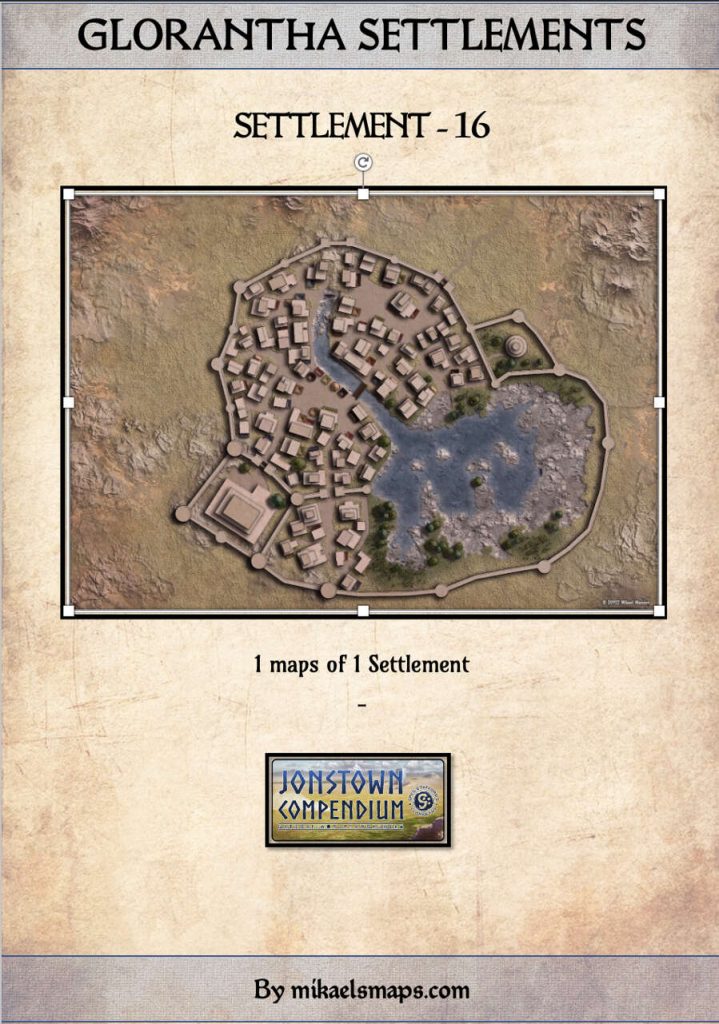
Mikael Mansen has released another generic settlement map. You know the drill.
History of Malkionism Gets Extras
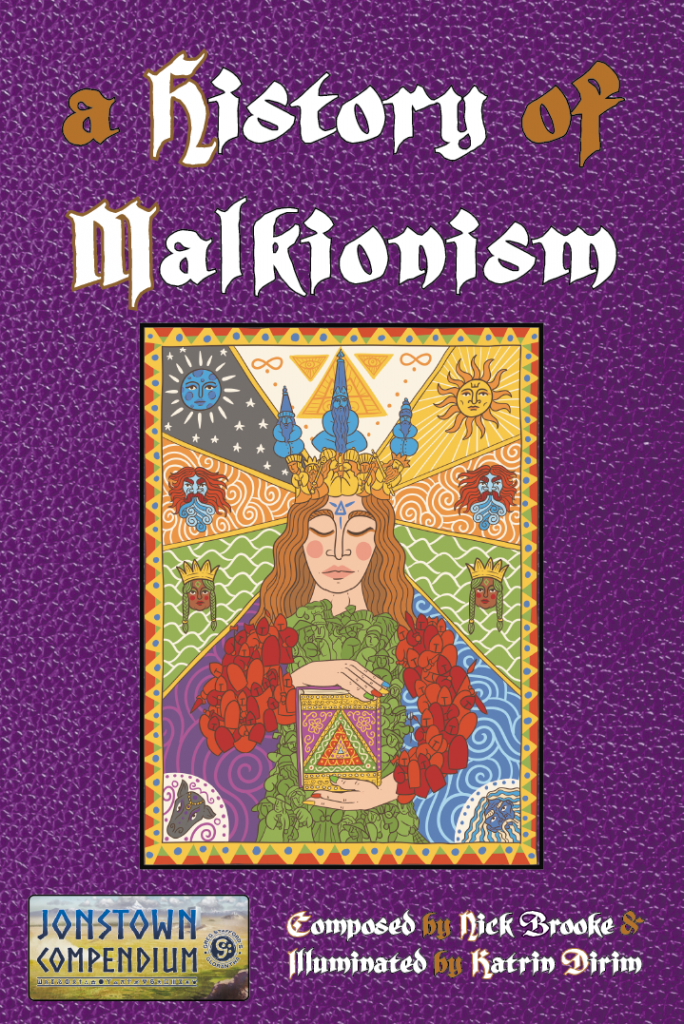
Nick Brooke’s History of Malkionism, illustrated by Katrin Dirim, has reached the level of Silver Best Seller and is now halfway to Electrum. To celebrate the occasion, they added 26 pages of bonus content, and then bumped that up to 33 pages of bonus content. It includes behind-the-scenes “emails, group chat logs, sketches and line-art showing how the first sixteen illustrations were created (Before Time, Dawn Age Seshneg, Arkat’s Crusade Against Chaos & The God Learners)“
For instance, you’ll find the art direction notes and explorations for the picture below, among several others.
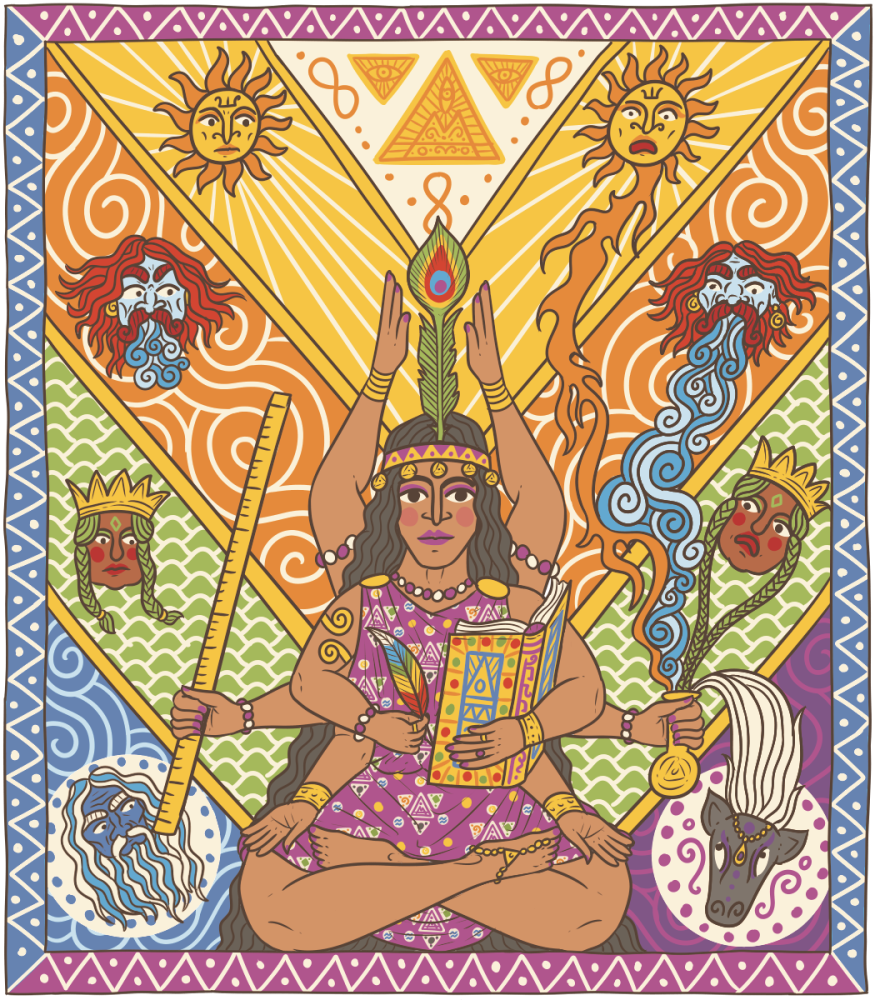
If you want to see what the God Learners look like, it’s in there!
Jeff’s Notes

Jeff Richard, the current mastermind on everything Gloranthan at Chaosium, is often posting notes and thoughts on the RuneQuest Facebook group. Here’s our curated list from the past week. A partial archive of these sources is compiled on the Well of Daliath.
Joh Mith’s Tattoos
Jeff continues to share the concept art for NPCs’ tattoos, this time with Joh Mith (we had previously seen Vasana and Vamastal). As far as I remember, these diagrams are mostly for art direction and future consistency.
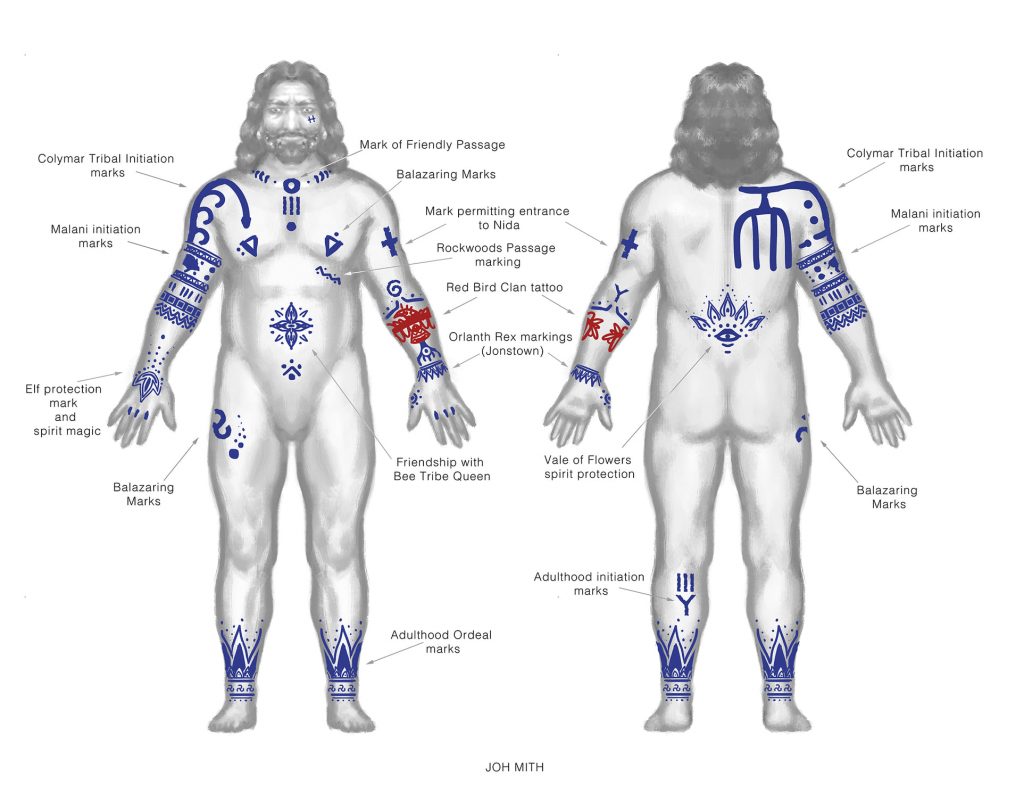
Joh Mith is a Goldentongue Issaries Priest, and a member of the Jonstown City Council. You can find more about him in the RuneQuest Starter Set‘s Jonstown write-up (my review is here). In his youth, he was running a famous trade caravan to Balazar, as described in Griffin Mountain.
Before you take a closer look, please note that:
The reference to Nida is a misprint (and fixed in the final version). It is about Greatway.
Greatway is a big dwarf settlement in the mountain range that separates Dragon Pass from Balazar. With Joh’s markings, it looks like you can not just trade with those dwarves, but also get safe passage through some local pass which lets you avoid a long detour via Lunar lands. There are also two marks specifically for traversing the Vale of Flowers, which you have to go through to get to Greatway: a friendship with the Bee Tribe Queen, who rules over some Gorakiki trolls there (the mark is on the belly, which is appropriate for some troll marking), and some spirit protection which I’m not sure about (it’s on Joh’s back, possibly to tell the local Vale’s elves “hey don’t shoot me!“)
What I love about it is you can see some of the strange pacts he’s had to make in order to travel between Sartar and Balazar.
Joh even has some general markings for treating people nicely:
The Mark of Friendly Passage is a general mark showing that Joh Mith is neutral in conflicts and should be allowed passage.
Other interesting tattoos include some sort of dual initiation into both the Malani and Colymar tribes. This is possibly because he’s originally from the Malani tribe, but is married to a Colymar member.
Early Malkionism
Here’s a quick note on early Malkionism:
Early Malkionism is thought to have been composed of sacrificial rituals, sorceries techniques and spells, legal proscriptions and philosophical speculations. Later Hrestolism preserved the rationalism and philosophical elements of early Malkionism and developed new philosophical schools, the most text being Romanism [sic? Rokarism?] and New Hrestolism.
Malkionism is the general family of philosophies which trace their origins back to Malkion, a bad-ass mythical wizard from before Time. These philosophies disagree on, say, whether society should be based on castes, and whether choice and mobility between these castes should be possible… but they all agree on wizards doing wizardy things, such as stroking their beard, hanging out in their towers, badmouthing deities which they consider to be just powerful spirits who mess up the Runes that make up the universe, and thinking very hard on various things nobody cares about.
But parallel to this exist uncomfortably Arkatism. With its emphasis on deities, heroquesting, and a respect for traditional practices despite their contradictions, Arkatism is the Shadow of Malkionism’s rationality.
And we can see plenty of traces of Arkatism in Second and Third Age Orlanthi thought – particularly in Kethaela and Dragon Pass.
So as far as I understand, Arkatism eschews the intellectual masturbation of the Malkioni. Instead, Arkati uphold ancient traditions and worship deities because, well, you can get cool Rune Magic from that, I guess. And that doesn’t eat into your Free INT.
I can’t really speak to the role and influence of Arkatism into Orlanthi culture and religion though… that stuff goes right over my head.
When we think of Arkatism, remember that it consists of many elements:
– A monomyth with heavy focus on Air and Darkness (think that presented in Cults of Terror and Trollpak)
– Heroquesting techniques including Ranging, Joining, Identify, Awaken, and Change – all are presented in song and story and are the focus of meditation, prayer, and other approaches to understanding.
– An acceptance of Darkness and Death as necessary counterparts to Light and Life.
– Extreme uses of Power Runes often in conjunction with their opposites.You can see many elements of this in the Proximate Holy Realm of the Second Age and with the Tournament of the Masters of Luck and Death, as well as more rationalised elements with the God Learners.
To learn a bit more on the aforementioned heroquesting techniques, look over here. Here’s my understanding of them:
- Ranging: leaving a myth’s “path” mid-way and starting another myth.
- Joining: catching a myth mid-way
- Identify: naming yourself or an entity met during a heroquest as a specific mythical archetype (“I am the Storm god”, “you are the Trickster”, etc.)
- Awaken: I think that’s when you grab some “shadow-entity” from the background of the god plane and bring it into the story. It’s sort of like upgrading a faceless extra into an NPC that actually does something instead of just being there in the decor.
- Change: I assume it’s got to do with changing the myth (see “Mutation” in the link above).
Arkatism will be mentioned in the upcoming Cults book, but just barely:
Arkatism is seeded throughout the Cults book. For the modern “Arkat cults” of Ralios we will wait for a better vehicle. Needless to say the modern Arkat cults are not what influenced other religions.
Community Roundup
The community roundup is our highlight of interesting things being mentioned in the Glorantha-related Facebook groups, sub-Reddits, and other similar online places.
JM and Evan’s ChaosimCon Recap
JM and Evan, from Iconic Production’s Exploring Glorantha series, talk about their experience at ChaosiumCon (I get a quick mention!) You can read my own report here.
Update on Red Moon and Warring Kingdoms
The Red Moon and Warring Kingdoms is an ongoing project for the 13th Age fanzine “Escalation”. It’s a 13th Age Glorantha sourcebook that focuses on the Lunar side of things. There was a call for volunteer editors back in 2020.
The book will establish the central conflict in the region and provide a history and gazetteer, serving as an primer to those 13th Age Glorantha players who were introduced to the setting in the 13G core book. It will also offer new classes, playable races, and feats.
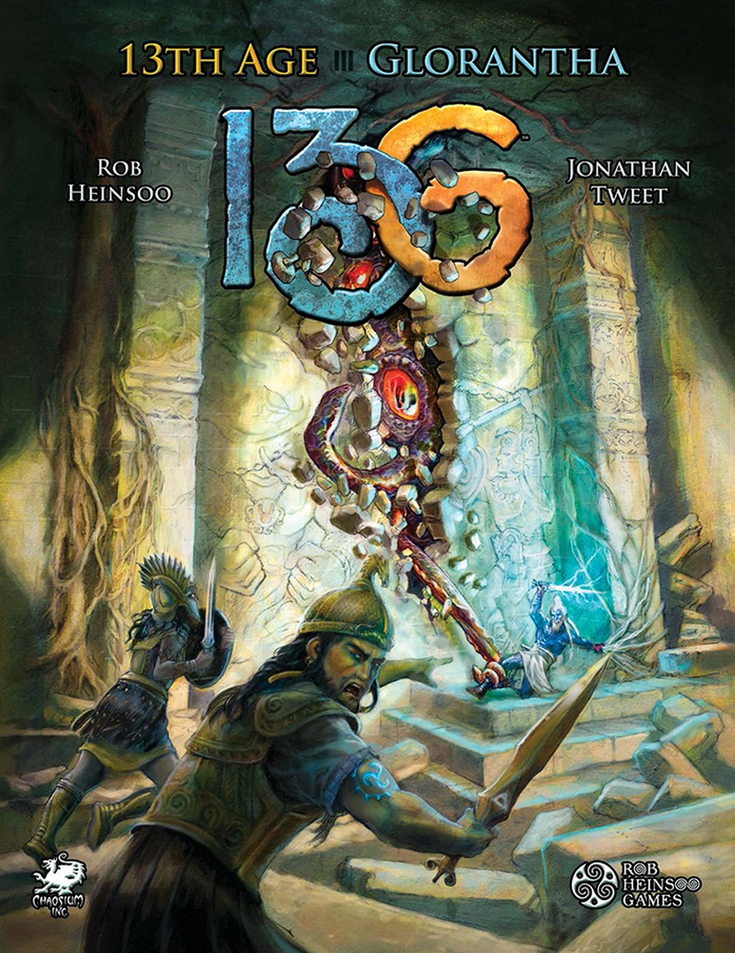
If you don’t know about this game, 13th Age Glorantha is a, well, Glorantha version of 13th Age, the D20 fantasy RPG by Rob Heinsoo and Jonathan Tweet. If you want to play in Glorantha but your players don’t want to play anything else than D&D, this is a great option. Plus, it contains a lot of great takes on Glorantha that you might not find elsewhere. Warning, however: this is not a standalone book, you’ll need the core 13th Age rulebook at least, and maybe a sourcebook or two.
Anyway, Evan Franke (yes, of Exploring Glorantha!) is working with Escalation on this special Lunarized issue, and he posted an update this week:
Hi! I’m the principal author on this fan project. It is still in editing (and map drawing) and still has layout and art ahead as well (and also compliance review with fan publication policies). It started as a little home brew project and grew to about 140,000 words. Many of them are pretty good. Much like Chaosium, I and the folks helping me at Escalation can’t say exactly when this will be out, but we’ve made a lot of progress. This is year four of this “little” project, but it’s coming.
And here is Evan’s “draft regional overview map with political areas highlighted“:
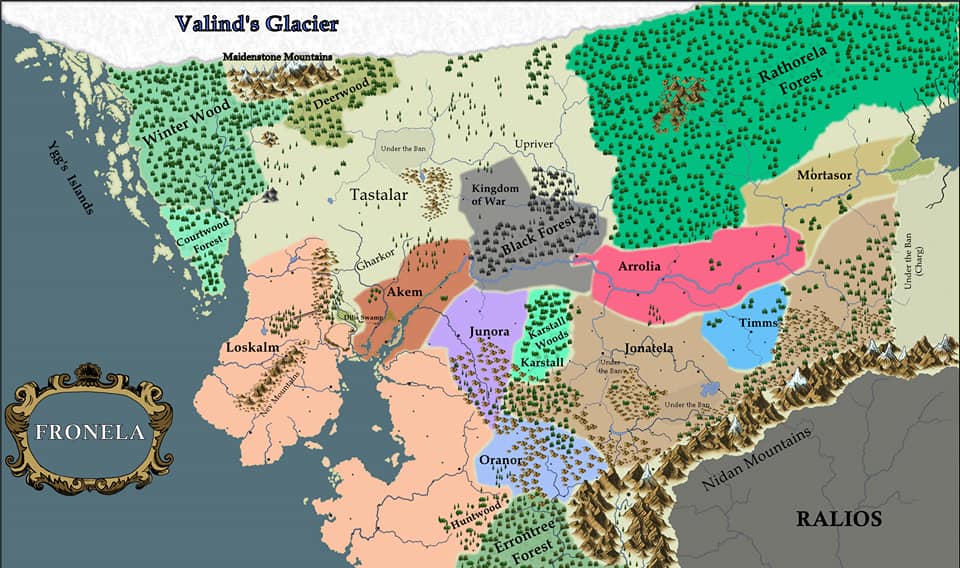
If there’s a map, I have to buy it. I don’t make the rules, folks.
Evan also pointed people to this actual play from last year, as if I didn’t already have too many actual plays in my YouTube “Watch Later” list…
Note that issue 5 of Escalation was already a Glorantha special, so you can start there if you want.
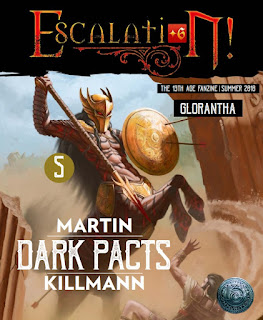
All other issues of the magazine are here in the Vault of the 13th Age.
Elsewhere on Arachne Solara’s Web
Not everything is about Glorantha, although most things are! Here are loosely relevant things that we found on the interwebs.
Quick! Put Your Hoplite Armor On!
The Lindybeige YouTube channel has a lot of interesting stuff for anybody interested in ancient or medieval history. It’s got both informal lectures and actual practical videos, such as the one above where the host measures how long it takes to put on a standard hoplite armor (plus some tips and insightful information about the gear).
I’ll probably check out more of the videos and post those that I find relevant to Gloranthan gaming (I’ve already spotted some about shield walls, slings, and spear usage…) If you have specific ones to recommend, please send them to me!
Thank you for reading
That’s it for this week! Please contact us with any feedback, question, or news item we’ve missed!


